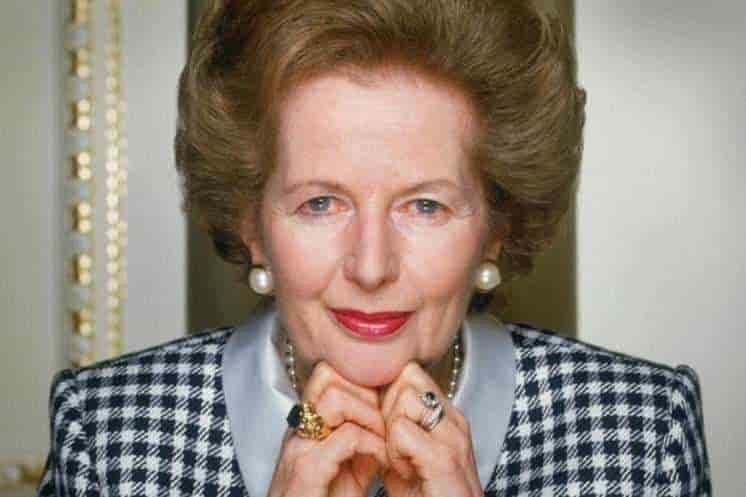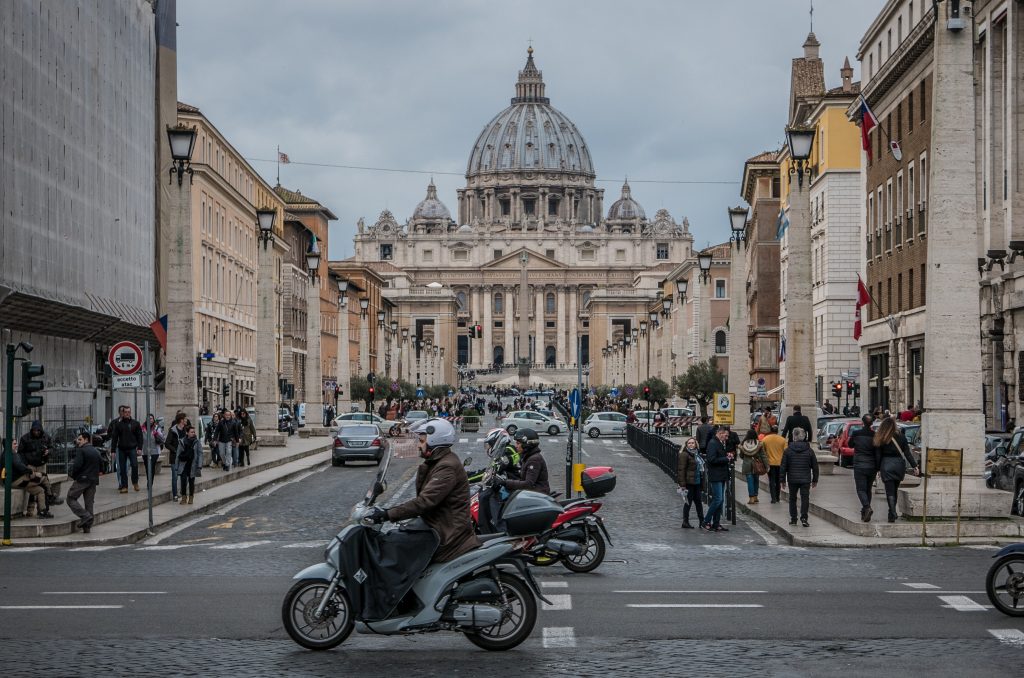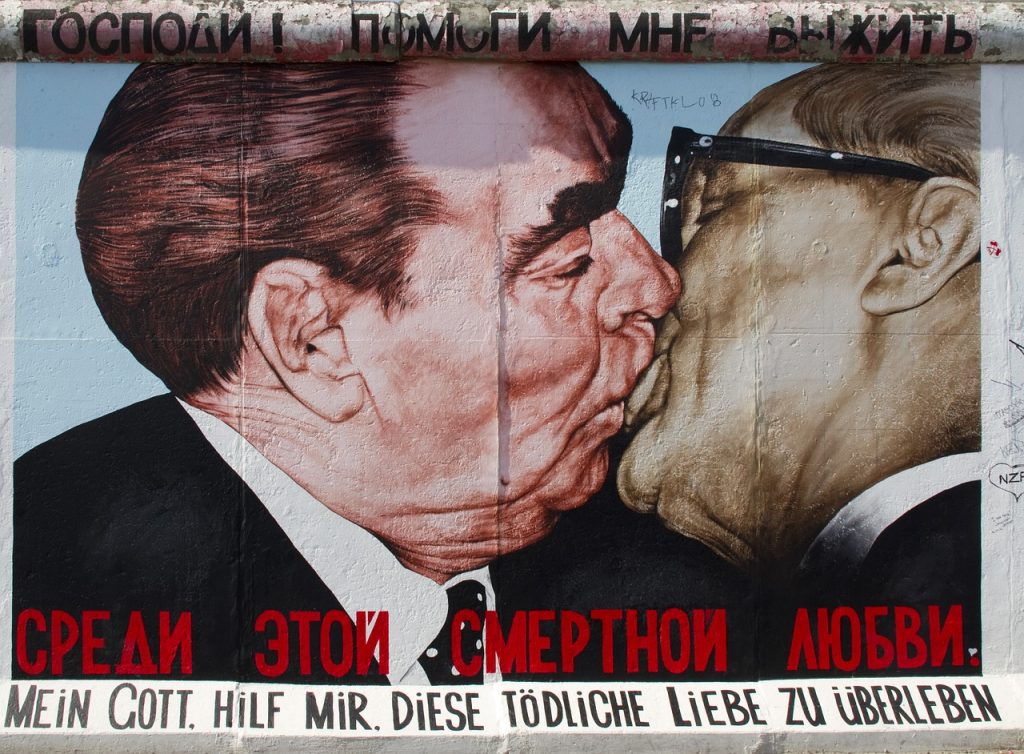Margaret Thatcher is a politician to whom no one remains indifferent. She was an expressive, uncompromising, and controversial politician. Some love her, others hate her. In the collective consciousness, there are two Margaret Thatchers that are difficult to reconcile – the freedom-loving Cold War heroine and the ruthless woman in blue. Over the years, many myths have grown up around the Iron Lady. On the anniversary of her election as Prime Minister, we dispel some of them and take a closer look at this complex figure.
Anti-feminist
Margaret Thatcher shattered the glass ceiling in multiple ways and became one of the biggest global icons for a reason. One of the most common accusations directed toward Margaret Thatcher is her lack of support and interest in women’s issues. Indeed, they were not her priority. However, it is important to remember in what time and reality she took power. Britain was called “the sick man of Europe”, there were constant strikes (including gravediggers) and inflation had reached over 25%. Economic and international policy, therefore, played a key role in her government, and social policy was relegated to the background. However, she has contributed to feminism and the perception of women in power more than the left wants to admit.
Although she did not walk proudly with the word ‘feminism’ on her lips, she paved the way for the next generations of women in politics. In 1946 she became President of the Oxford University Conservative Association. In 1951, at the age of 26, she became the youngest woman in the country’s history to run for parliament, and in 1979 she became the first female prime minister in the UK and Europe. Even her biggest critics have to admit that this is the life of a remarkably determined girl who overcame obstacles in a class society reluctant to see women seeking their place anywhere outside the kitchen. Natasha Walter, author of the book “The New Feminism” believes it was Thatcher who made women’s success in politics a common thing.
Contrary to what was portrayed in The Crown series, the Iron Lady did not doubt the talent and competence of the fair sex. She always spoke highly of women such as Golda Meir, Indira Gandhi, and one of the most influential Labour politicians, Barbara Castle. She was also said to keep a portrait of former teacher and Nobel Prize winner Dorothy Hodgkin in her office. Thatcher expressed her attitude toward women and the prejudices they face in her famous words: Most women are far more intelligent than people give them credit for. She remains a problematic figure for contemporary feminists, but she was certainly not an enemy of women and their rights.
Prime Minister of the rich
In the eyes of her critics, Margaret Thatcher felt almost contempt for the working class and favored big capital at the expense of poorer citizens. Knowing her biography, it is difficult to suspect her of elitism. Apart from her gender, Thatcher was also distinguished by her background. The Conservative Party was associated with the establishment. Many of its members came from the privileged upper classes. Britain’s first female prime minister was the daughter of a shopkeeper from Grantham, and she was proud of it for the rest of her life. Her father, Alfred Roberts, left school at 13 and began working, in time becoming the owner of a small shop and the flat above it, where he lived with his wife and daughters. Roberts made sure to instil a strong work ethic in little Margaret, as well as providing her with a solid education. Years later, Thatcher will recall working in her father’s shop and the lively discussions about the readings he suggested to her. The ambitious Miss Roberts went to Oxford and quickly became involved in politics. The choice was obvious. She joined the party of her idol, Winston Churchill
For years, her humble (in comparison to her party mates) background was an object of ridicule. However, she turned it to her advantage and proudly emphasized it. During the campaign in 1979, she focused on the image of a ‘middle-class housewife’ and explained the management of the economy by analogy to a household budget, while other politicians had difficulty even listing the prices of basic foodstuffs. Her strategy turned out to be successful and won her many supporters. Including those outside the traditional electorate. The policy called ‘Thatcherism’ put into practice the ideals of laissez-faire, assuming that through creativity and work people can rise on the social ladder, and citizens should not be dependent on or limited by the state. The impact of these actions on the working class, among others, is illustrated in a documentary titled Margaret: Death of a Revolutionary.
Dictator in a skirt
The very nickname Iron Lady brings to mind a rule of a firm hand and an almost authoritarian personality. However, Margaret Thatcher was sometimes more progressive than many might think. She was not only an advocate of economic liberalism. She could be very open-minded when it came to worldview issues and was not afraid to vote against the party line.
As one of the few Conservatives, she supported the decriminalization of homosexuality and the outlawing of hare coursing. The latter was met with the outrage of supporters of this primitive pastime. Unlike many politicians on the right, Thatcher wasn’t a staunch anti-abortionist and supported David Steel’s bill which led to the legalization of abortion.
She was keen on transparency in public life. In her first speech as an MP, she supported a bill requiring local governments to open their sessions to the public. What is taken for granted today in the 1950s was quite a change.
“The Road to Serfdom” by Friedrich von Hayek, had a considerable influence on her views. The situation in the Soviet Bloc and satellite states confirmed her conviction that giving too much power to the state can lead to dictatorship. Although many in Britain hold her responsible for fighting trade unions, she did not hesitate to lend her support to the social movement ‘Solidarnosc’, which grew out of a trade union and became a world phenomenon that broke Soviet hegemony in the region. It is in the countries of Central and Eastern Europe that she is highly regarded for the role she played with Ronald Reagan and John Paul II in the overthrow of communism and the democratization process in those states.
Mythologized by her supporters and demonized by her opponents. The assessment of Margaret Thatcher and her legacy will remain ambiguous. However we judge her politics it cannot be denied that she changed more hearts and minds than any self-proclaimed modern activist and for that, we must give her a credit.


